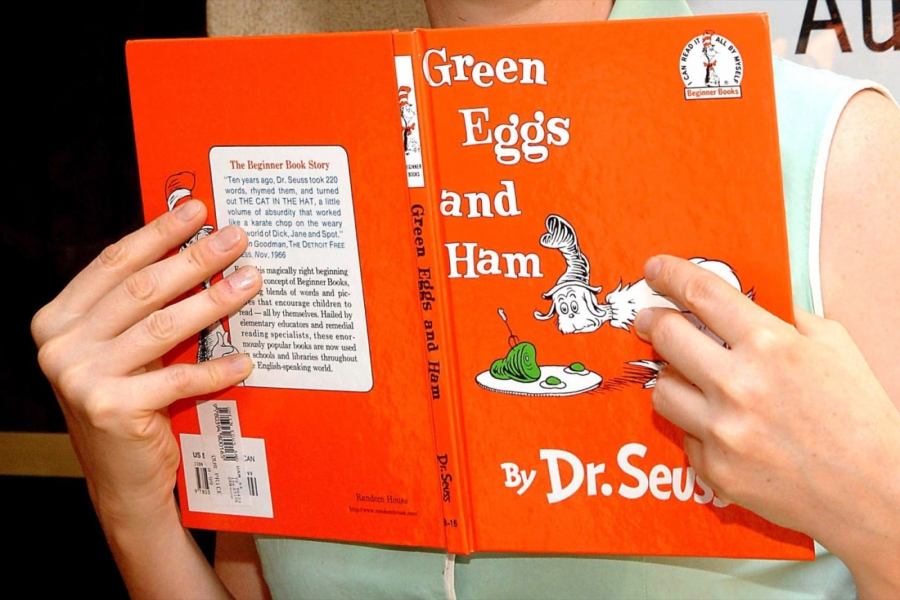One night, when I was putting my 5-year-old son to bed, he asked me to read a classic Green eggs and ham by Dr. Seuss aka. Theodor Seuss Geisel.
After we sang a few songs and said a few prayers, I sat in the rocking chair next to his bed, humming a lullaby in the dark, thinking about the 62-page picture book we had just finished.

The premise is quite simple. A supporting character named “Sam I Am” tries to convince the unnamed protagonist to taste green eggs and ham – all written in the Good Doctor’s ridiculously unique rhyming style.
While it is simple in its language and composition, there are no less than five interesting selling principles that can be gleaned from this toddler book.
1. If different, it must be free – initially.
Throughout the book, Sam tries to convince the main character to try an unappetizing representation of green eggs. Normally, green eggs are a sign of spoilage, not a delicacy, but that’s what Sam sells.
The best solution for such a novel product is to offer it for free to reduce consumer risk and encourage sampling, which works in this case. Once the customer likes the product, it’s logical to move the discussion about value and price, but free first.
2. Perseverance brings results.
Sam asks the hero at least a dozen times to eat the ingredients from the breakfast plate. twelve times!
The typical prospect might call this relentless engagement “harassment” rather than a sale, but the point is not to give up if you don’t close the sale on the first try.
3. Find and sell a solution.
A common sales mistake is selling the features of a product or service over the benefits these features can provide to a potential customer. It has long been said that when a consumer buys a drill, they are not buying the drill, but rather the hole the drill can drill.
The key to a successful sale is to focus on the benefits and solutions for the buyer.
IN green eggs, Sam tries to convince a reluctant customer that he might like the taste, texture, and quality of the free food, and thus take advantage of it. To this end, Sam looks for different scenarios to make it easier for a potential consumer to try a meal.
Sam is very focused on the solution and eventually the main character sees it.
4. Don’t take rejection personally.
Sam remains cheerful and unfazed throughout the book, despite over 80 reprimands, refusals, and takedowns. At every moment of the story, the little “salesmen” turn out to be really helpful, genuine and optimistic. While the story is silly and nonsensical, Sam’s behavior is a role model for everyone in sales.
Rejecting your product or service is not rejecting you as a person. The best sellers separate their products from their personality.
5. Relationship is the goal.
At the end of the little book, an appreciative and smiling hero puts his arm around Sam with a seemingly sincere “Thank you” for helping me experience and enjoy the oddly colored egg and pork.
The lesson is that the only way to build a sustainable business is to build lasting trust and relationships with your customers.
While simple and few of these points ring true – though it is fiction, it is still worth taking a look to review and chew through the truths contained in this book.


